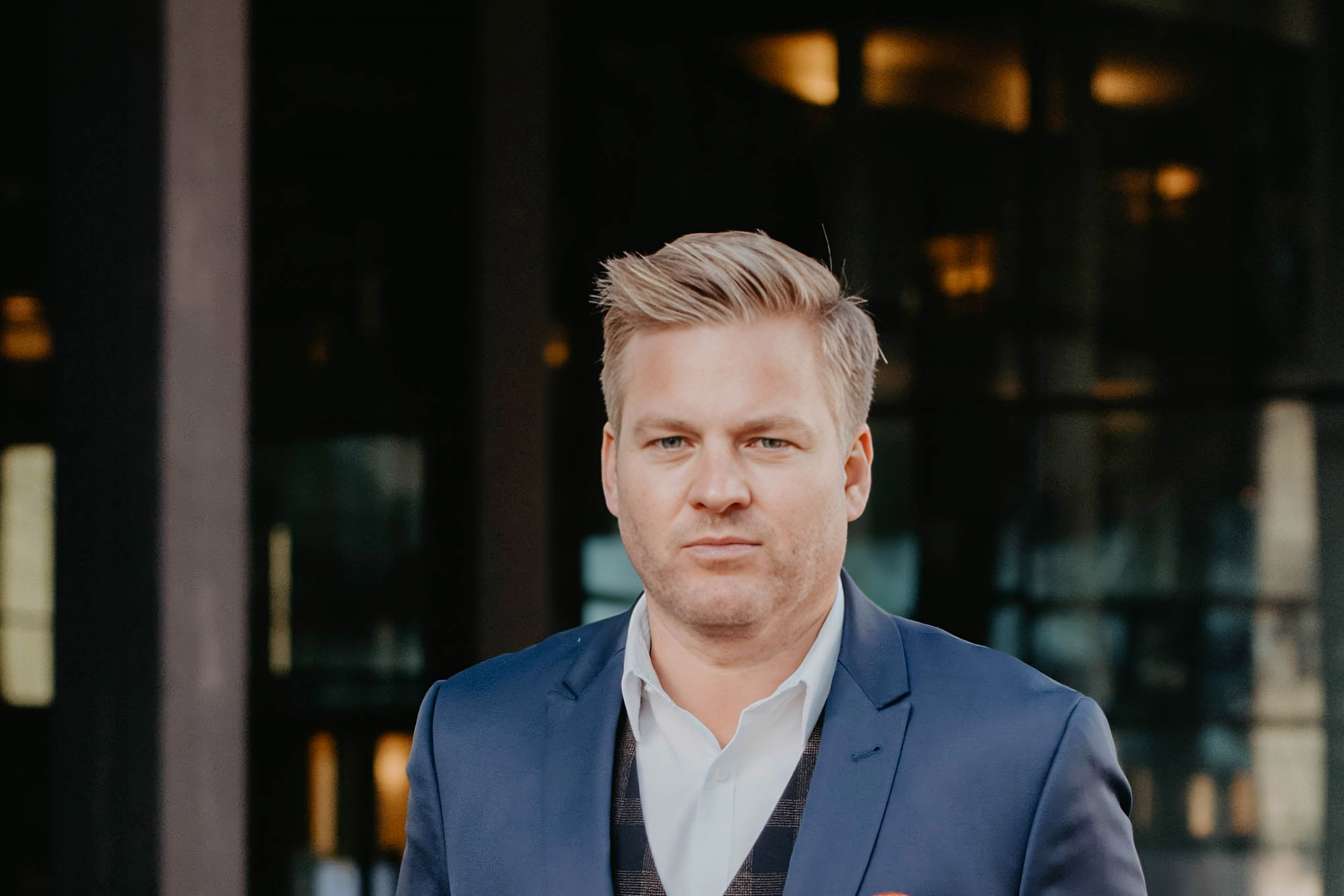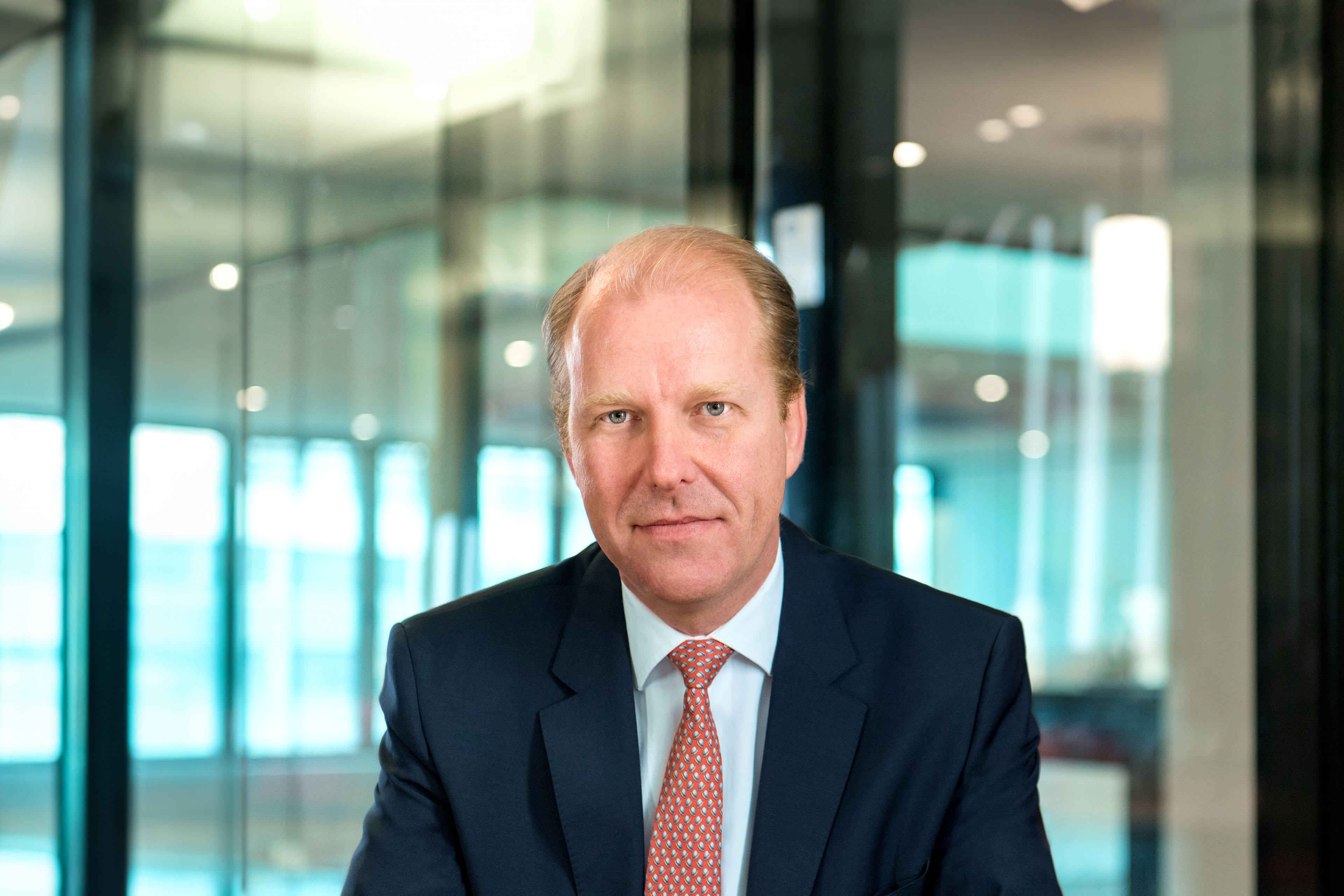EY refers to the global organization, and may refer to one or more, of the member firms of Ernst & Young Global Limited, each of which is a separate legal entity. Ernst & Young Global Limited, a UK company limited by guarantee, does not provide services to clients.
How EY can help
-
Our team can help wealth managers and private banks transform and grow their business. Find out more.
Read more
As EY teams progressed through the four critical dimensions of change, the initial phase of the transformation uncovered some lessons learned that were the keys to success:
- Utilizing a hands-on approach and emphasizing strategy execution
- Infusing the necessary skills and methodologies into ongoing operations to achieve scale
- Implementing a future-back approach to innovation that prioritizes investments based on their ability to drive results today and ongoing relevance tomorrow
- Embracing true customer-centricity principles at all times and for all activities — shifting away from the traditional product-centric and regulatory-driven views
During implementation, the bank started integrating data to gain more holistic views of clients’ holdings, as well as their needs and objectives, to set the foundation for richer conversations. It also began developing minimally viable products that meet specific client and market needs. In addition, financial models are currently in development, based on the targeted gains in share of wallet and other metrics.
"Achieving customer centricity in private banking is a constantly moving target due to industry megatrends, tech-driven disruption and rising customer expectations. Beyond suitable investment products, banks must seek to build platforms, systems and cultures that are necessary to serve individuals and families with scalable and highly personalized services and experiences," said Mike Lee, EY Global Wealth & Asset Management Leader.
Looking ahead, the private bank is focused on building systems and capabilities to accelerate delivery, specifically looking to continue the collaboration with the EY organization to design, develop and launch new products at speed to further help enable the business to meet its customers’ needs.






